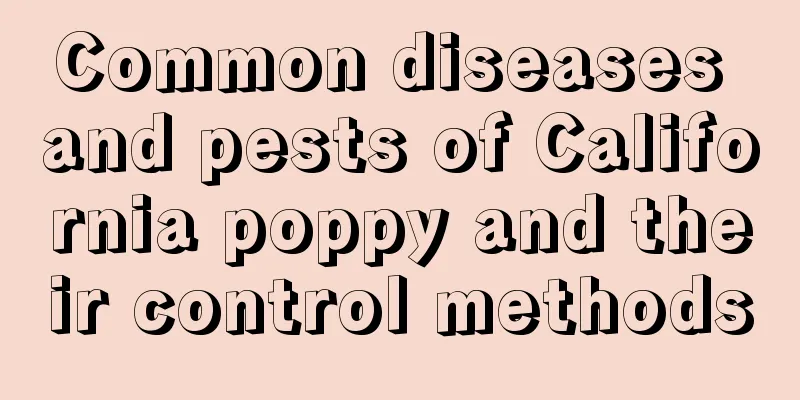How to grow roses

1. Breeding environment1. Soil: Choose soil suitable for the growth of roses. Generally, you should use loose, well-drained and well-ventilated soil. 2. Watering: You don’t need to water the roses too much. If you water them frequently, the roots will rot, especially in rainy and humid weather. You must control the amount of watering. 3. Fertilization: You should apply light fertilizer to it. If you apply concentrated fertilizer to it, it will burn the roots. Water it with light fertilizer once every 15 days or so. You can use fermented rice water. Generally, if the leaves are bright in color, no fertilizer is needed. 4. Light: Roses need sufficient light to grow. Give it more than 4 hours of light a day. If it is placed in a poorly ventilated place for a long time, the leaves will turn yellow. When the temperature is low, it is best to place it near the window indoors. 2. Breeding Methods1. Seeding propagation: Put the collected seeds in a bag filled with sand, heat it to 20℃ after one month, and sow them after the seeds germinate. When the seedlings grow 3-5 leaflets, they can be transplanted. 2. For propagation by division, add soil to the roots of the rose to allow each branch to grow new roots. When repotting, cut off the side branches that have grown new roots, and it will become a new plant. 3. Common pests and diseases1. Scale insects: Once they appear, they are difficult to deal with. Usually, they should be placed in a well-ventilated place, and unnecessary branches should be cut off appropriately to increase ventilation. There should not be any accumulation of water in the potting soil. When there are spots on the branches, they should be scraped off in time. If the disease is serious, the whole branch should be cut off and sprayed with pesticides at the same time. 2. Powdery mildew: After being infected, the leaves will bulge and become powdery. In severe cases, a layer of mold will appear on the flower buds and branches. Regular spraying of pesticides is required, and the diseased branches and leaves should be cut off immediately to reduce the chance of disease transmission. |
Recommend
Is Ivy Poisonous?
toxicity Whether it is poisonous or not depends o...
How many years can a Phalaenopsis live and how many times can it bloom?
1. How many years can you live? Phalaenopsis is a...
Can mulberries be planted outside the house?
Can mulberries be planted at the doorstep? Mulber...
How to propagate round-leaf peperomia by cuttings How to propagate round-leaf peperomia by cuttings
After the cuttings of round-leaf peperomia are pl...
What to do if the leaves of the lotus are hydrated
Lotus Hydration Hydration of succulent plants ref...
Does Gypsophila like sunshine?
1. Do you like sunshine? It is a positive plant t...
What to do if the leaves of azalea are dry
1. Adjust temperature and humidity 1. Reason: It ...
Does carnation like water? Is it a water-loving plant?
Do carnations like water? Carnations like water. ...
How to fertilize the money tree in spring
1. Relatively abundant fertilizer can make its le...
These little things in flower cultivation can be a big deal if you ignore them
Ventilate frequently Frequent ventilation can ens...
How to trim the golden plate
Steps for trimming the golden plate The first ste...
How to grow Jianlan in winter
Temperature Management Generally speaking, if the...
What is moss
Introduction to Moss Moss likes a humid environme...
When is the best month to plant sweet potatoes in Mumashan
When to plant sweet potatoes in Mumashan Mumashan...
Is Strelitzia poisonous?
1. Is it toxic? Strelitzia has a very beautiful a...









